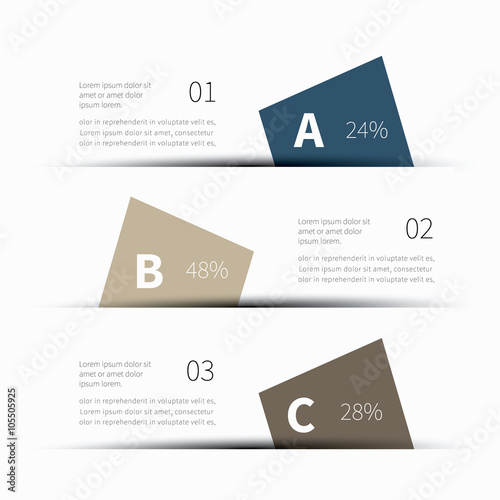Exactly How To Allocate Your Floor Covering Project: A Practical Overview
Exactly How To Allocate Your Floor Covering Project: A Practical Overview
Blog Article
Article By-Leach Carlson
When you're intending a floor covering job, budgeting isn't practically choosing a number; it has to do with understanding what you genuinely need and the costs included. You'll wish to assess your specific needs, research various materials, and prepare for unexpected expenditures. Consider how factors like space objective and setup approaches can affect your budget. But prior to you jump in, there are some critical details you might forget that can considerably impact your overall expenses. Let's discover exactly how to navigate these intricacies and guarantee your job stays on track.
Assessing Your Flooring Demands
Prior to diving right into your flooring task, it's important to assess your flooring needs. Beginning by taking into consideration the particular locations where you intend to install new flooring. Think about the function of each area. For example, bathroom and kitchens need water-resistant products, while living areas could take advantage of comfort and looks.
Next, review the existing conditions of your floorings. Are there any kind of structural concerns, such as uneven surface areas or moisture troubles? Attending to updated blog post can save you time and money down the line.
Likewise, remember of the measurements of each room to establish how much floor covering you'll need.
Don't fail to remember to consider your way of living. If you have family pets or young kids, longevity may be your leading concern, while a much more official space might call for a lavish surface. Furthermore, think of your style choices. Do you choose a classic look, or are you drawn to modern-day designs?
Last but not least, be practical about how much upkeep you're willing to devote to. Some products require even more maintenance than others. By recognizing your demands plainly, you'll be better geared up to make educated choices as you progress with your flooring job.
Estimating Costs and Materials
Estimating prices and products is a crucial step in your floor covering job that can considerably influence your total budget. Start by determining your space accurately to determine how much floor covering you'll require. For many materials, you'll find pricing by square foot, so collect quotes from numerous providers to obtain a practical figure.
Next off, consider the kind of floor covering you want. Options like wood, laminate, tile, or carpet all featured different price factors. Research the costs for each and every and consider any type of added products like underlayment, glue, or transition strips.
Don't neglect to include tools if you're intending a do it yourself installment, as renting or purchasing equipment can include in your expenditures.
Labor costs are an additional important factor to consider. If you're employing professionals, get quotes from multiple contractors to ensure you're obtaining a reasonable price. Be clear regarding the range of job to prevent unforeseen charges later.
Last but not least, it's a good idea to allot a tiny percent of your budget for any type of unforeseen expenses associated with materials. By thoroughly approximating your prices and materials ahead of time, you'll establish yourself up for a smoother and extra manageable flooring task.
Planning for Hidden Costs
Lots of home owners ignore the concealed expenditures that can arise throughout a flooring job, which can bring about budget overruns. To avoid this, you require to plan for potential extra costs.
Initially, think about the problem of your existing subfloor. If it's damaged or uneven, you'll likely need repair work or leveling, which can include substantially to your overall expense.
Next, think of removal and disposal charges for your old floor covering. Lots of contractors bill additional for this service, so factor that right into your budget plan.
In https://www.contractormag.com/management/eatherton/article/20883551/wood-flooring-and-radiant-heat-part-1 , do not ignore the costs of underlayment, which might not be included in the first quote yet are crucial for a successful installment.
You should additionally plan for unexpected difficulties, such as plumbing or electric job if your floor covering task involves moving components. It's a good idea to allot a minimum of 10-15% of your total budget for these unexpected expenditures.
Lastly, remember that licenses might be required for sure installments. Always examine regional policies to stay clear of penalties or hold-ups.
Conclusion
In conclusion, budgeting for your floor covering project is necessary for a successful outcome. By evaluating your needs, estimating expenses, and planning for hidden costs, you'll prevent shocks and stay on track. Keep in mind to reserve a portion of your allocate unexpected costs and maintain an in-depth malfunction of your expenditures. With careful planning and consideration, you'll develop a lovely room that meets your requirements without breaking the bank. Pleased flooring!
